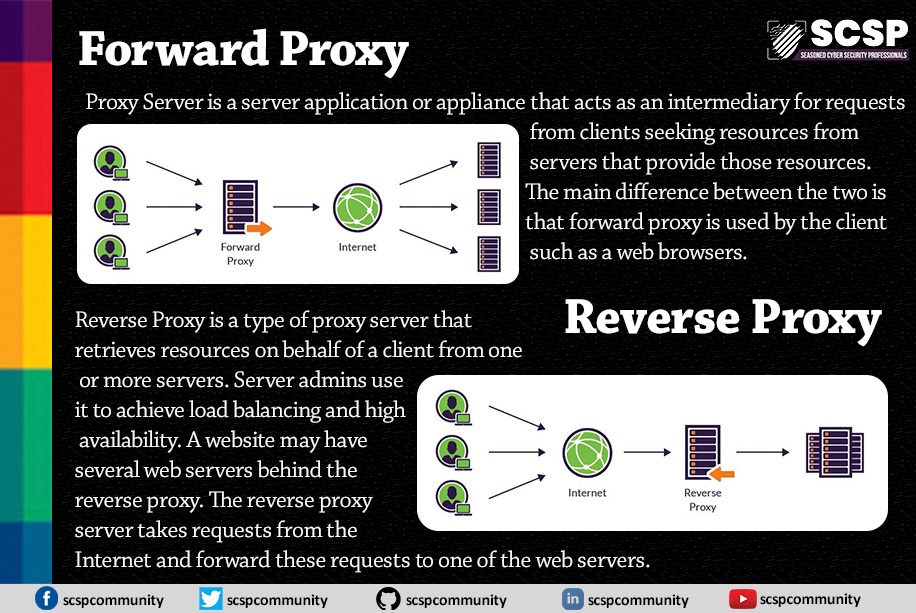



This way, a SOCKS proxy is much more secure than HTTP proxies. This is a method of tunneling through firewalls, and even the proxy server cannot intercept the data, so the socks proxy support much more application. SOCKS Proxies creates a TCP connection on behalf of the client to route traffic. HTTPS Proxies helps you stay safe while making transactions or logging into websites using username and password. This layer adds security certificates that are used for end-to-end encryption to prevent eavesdropping during data transmission.Ī proxy server equipped with SSL establishes a secured connection to the client and also to the webserver to avoid any outside intervention.

SSL (HTTPS) Proxy: SSL or Secure Socket Layer is an additional layer of security imposed on the HTTP to make it HTTPS. Since HTTP connection can interpret data easier than the SOCKS protocol, bots and scrapers perform better with HTTP proxies. Although they can also access websites using Secured HTTP (HTTPS), the cost is losing the original SSL Certificate in the process. These proxies can access the web pages that you browse on the internet. Due to the widespread use of HTTP on the internet, the majority of the proxies are HTTP proxies. HTTP ProxyĪn HTTP proxy is any proxy server that uses Hyper Text Transfer Protocol (HTTP) to connect to the web server or the client (browser). SOCKS proxyīased on the protocol the proxy server uses, there can be HTTP, HTTPS, SOCKS proxies. For our discussion, we will talk about different kinds of proxies based on protocol, anonymity, usage method, request modification, sharing, server type and so on.ĭifferent types of proxies due to the protocol Proxies can be divided into several types based on different criteria. Let’s discuss these different types and their uses in this article. These can easily confuse you if you are new to learn about proxies. A myriad of proxy servers has been invented for different purposes using this simple concept. This is similar to you seeking your friend to ask another person a question and then let you know the answer. The web server then processes the request and sends back the requested information to the proxy server which then finally sends the requested data back to you. It receives your request and then sends the request to the web server. The proxy can be considered as a middleman between you and the web server (Terminal Server) where your desired website is hosted. Tons of proxies online, Http(s) proxies, socks4/5 proxies, dedicated Proxies, shared proxies, open proxies, Anonymous Proxies, elite proxies, Reverse proxies…Is it confusing? Read this post to comprehend all of that.


 0 kommentar(er)
0 kommentar(er)
